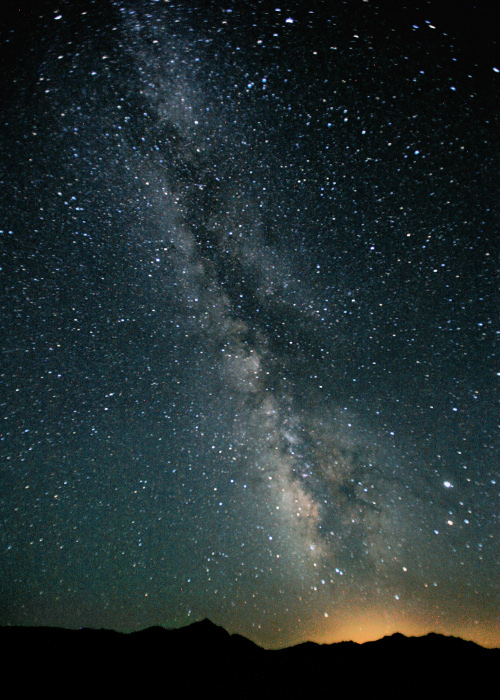Chapter 8: Astronomy and Cosmology
How Big is the Universe?
O LORD, our Lord, how majestic is your name in all the earth! You have set your glory above the heavens. … When I consider your heavens, the work of your fingers, the moon and the stars, which you have set in place, what is man that you are mindful of him, the son of man that you care for him? (Psalm 8:1-4, NIV)

Can you fathom how vast the world is? Even if you devoted your entire life to exploring planet Earth, you could never lay eyes on all of its landscapes. Yet our planet is barely a speck compared to the sun, which is roughly 1.3 million times larger by volume.Check out this web page for more information. The sun, in turn, is barely a speck compared to the size of our solar system,No one knows the exact diameter of the solar system, because our solar system probably contains distant planetoids, planetesimals, comets, and other distant objects that haven’t yet been discovered. Click here for more information. which is barely a speck compared to our galaxy, which is barely a speck compared to the vast sea of galaxies that comprise the visible universe.
To better understand these comparisons, let’s imagine a scale model. Suppose we use a basketball to represent the sun. On that scale, Earth would be just 2.2 millimeters in diameter, roughly the width of a sesame seed. The moon would be just 0.6 mm in diameter, smaller than a pinhead, located about 6.6 cm (2.6 inches) away from Earth. But the earth and moon would be located 26 meters (85 feet) away from the basketball-sized sun!
The distance from the sun to the outer planets is staggering. In our scale model, Jupiter (the largest planet in our solar system) would be roughly 2.5 cm in diameter, about the size of a cherry. It would be 134 meters (440 feet) away from the basketball—farther than the length of a football stadium. Neptune would be roughly the width of a peanut, located nearly half a mile (776 meters) from the basketball! Pluto would be a kilometer away. Eris would be more than a mile away, at 1.76 km. And the recently-discovered dwarf planet V774104 would be 2.7 km (1.7 miles) away!

Our galaxy is called the “Milky Way” because, from our perspective here on Earth, it looks like a milky-white trail stretched across the night sky.
Does that blow your mind? We’re just getting started! The stars are so far away that even in our scale model, their distances are difficult to visualize. If the sun were the size of a basketball, the nearest star (Proxima Centauri) would be 6,916 km (4,297 miles) away—a little farther than the distance between New York City and Rome, Italy! And that’s just the nearest of the estimated 200 - 400 billion stars that comprise our galaxy, the Milky Way. (A galaxy is an immense cluster of millions or billions of stars.) To create a scale model of our whole Milky Way galaxy, with the sun the size of a basketball, the model itself would have to be at leastThe Milky Way is estimated to be at least 100,000 light-years in diameter; but according to some recent estimates, it may be significantly larger than that. I’m assuming the conservative estimate of “merely” 100,000 light-years. 163 million kilometers (101 million miles) in diameter! In other words, the scale model of our galaxy would be 117 times the real-life diameter of the sun, significantly wider than the actual distance between the sun and Earth!
Feeling small? It doesn’t stop there. Our Milky Way galaxy is just one of an estimated 100 - 200 billion galaxies in the observable part of the universe. Each of those galaxies contains millions or billions of stars, and the distances between galaxies are too vast to fathom. The Andromeda Galaxy is the nearest neighbor to our Milky Way. A few “dwarf galaxies” are closer, but Andromeda is the nearest major galaxy. Placing it into our scale model, the distance between our toy “Milky Way” and toy “Andromeda” would be roughly 4 billion km (2.5 billion miles)—about the same as the real-life distance between the Sun and Neptune. That’s how far away the nearest galaxy would be in our scale model: as far as the most distant planet in our real-life solar system.
And remember, the Earth is the size of a sesame seed in this model. I encourage you to go back and reflect on Psalm 8:1-4, quoted at the top of this page.